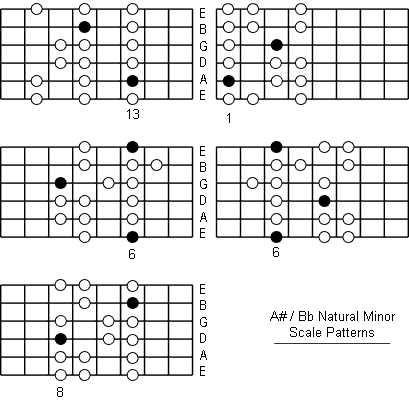

Later I learnt the melodic minor, and later still, the natural minor. The first minor scale I learnt was a harmonic minor. Then, a little later, you were taught minor scales. Depending on the instrument, it might have been the C major, G major or F major scale. If you’re like me, the first scale you were taught when you began learning an instrument was a major scale. In this post I’ll attempt to answer to both of those questions. See B (musical note) and Musical note#Note names and their history for explanations.My students sometimes ask me, “Why are there three different types of minor scales, when there’s only one type of major scale?”Īnother question I often hear is, “Why does the melodic minor scale have different notes going up and going down?”. Natural B is called B by Swedish jazz and pop musicians, but still denoted H in classical music.

Since the 1990s, B-flat is often denoted Bb or "Bess" instead of B in Swedish music textbooks. In Germany, Russia, Poland and Scandinavia, this pitch is designated B, with 'H' used to designate the B- natural. While orchestras tune to an A provided by the oboist, wind ensembles usually tune to a B-flat provided by a tuba, horn, or clarinet. See pitch (music) for a discussion of historical variations in frequency. When calculated in equal temperament with a reference of A above middle C as 440 Hz, the frequency of the B ♭ above middle C is approximately 466.164 Hz. B-flat is also enharmonic to C (C-double flat). It lies a diatonic semitone above A and a chromatic semitone below B, thus being enharmonic to A ♯, even though in some musical tunings, B ♭ will have a different sounding pitch than A ♯. B ♭ ( B-flat), or, in some European countries, B, is the eleventh step of the Western chromatic scale (starting from C).


 0 kommentar(er)
0 kommentar(er)
